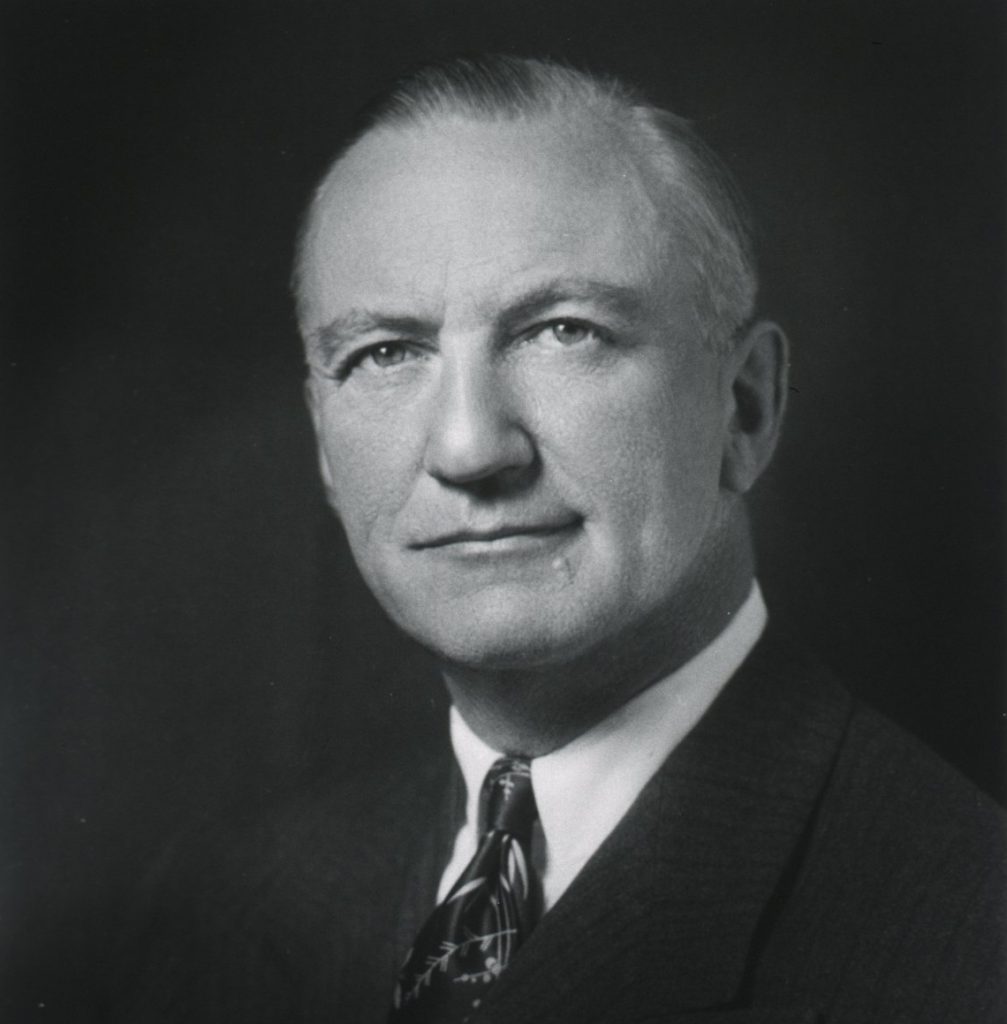
Arnold Henry Kegel, M.D. Photo by Gladser Studio.
One of the most helpful muscle toning workouts doesn’t even require weights, or even an energetically colored spandex workout outfit. You can do it in your car, waiting in line, while watching your favorite TV show, or just about anywhere. It benefits both men and women. If you’re a woman of a certain age and/or have had children, you are indebted to the person who thought of these little low intensity muscle tighteners. If it weren’t for those regular Kegel exercises you’d probably be dreading every sneeze, cough and belly laugh. It’s one thing to “laugh so hard you pee your pants,” but it’s another thing entirely to pee because a sneeze snuck up on you. I’ve had those, and I’ve had coughing fits that required a mini wardrobe change. My husband knows what the embarrassed and tense looking pause is after I laugh, cough or sneeze. Thankfully it doesn’t happen very often thanks to Arnold Kegel.
Arnold Kegel, an American gynecologist, was an assistant professor of gynecology at University of Southern California’s Keck School of Medicine. He discovered that incontinence and prolapse of the uterus, especially after childbirth, was the result of a weakened pelvic floor muscle. Up until this time, the only way doctors could help was with surgery to tighten the vaginal canal. Unfortunately, the surgery rarely lasted with symptoms reappearing a short time later. Kegel did an 18 years study to find a reliable way to help women strengthen the pelvic floor. He found through dissecting cadavers that the Pubococcygeus muscle, which runs from the pubic bone to the tailbone, was usually in a severe state of atrophy rendering it nearly incapable of performing its function. They looked at dissections, surgeries, even animal experiments and found PC muscle strength to be vital and that this muscle was important to nearly every area of the pelvis including the urethra, vagina, and rectum. He had to find a nonsurgical way to strengthen the muscle since surgery from both above and below didn’t give access to the muscle nor did surgery have lasting effects.
Kegel developed a way to measure the strength of the pelvic floor muscles. The Perineometer measured vaginal air pressure to determine the strength of the muscle. He developed ways of squeezing the pelvic floor muscles as a form of exercise for the PC muscle. Using the perineometer he could tell if his exercises were having any effect. The results of his study were published in 1948 as “The nonsurgical treatment of genital relaxation; use of the perineometer as an aid in restoring anatomic and functional structure.” in the Annals of Western Medicine and Surgery. Kegel mentions in his study that the pelvic floor can regain physiologic tension and is able to recover function after years of disuse and partial atrophy. His exercises not only helped with incontinence and genital prolapse but also provided an unsuspected bonus, it improved sexual pleasure especially after childbirth.
Today we have electromyography perineometers that measure electrical activity in the muscle rather than air pressure. Kegel exercises are highly recommended today for help not only for incontinence but also to help your sex life. It can help with better orgasms post childbirth and help post-menopausal women increase the blood flow to help with the loss of elasticity and increase natural lubrication. One thing to keep in mind is to make sure you’re exercising the right muscle. Even in Kegel’s day he found that some women were tightening their abdominal muscles or their rectum instead of their PC muscle. Much has been learned since those early days of Arnold’s research. We now have special sex toys to help strengthen the PC muscle but what still remains effective are those basic muscle-tightening techniques from nearly 70 years ago. Thanks, Arnold!

